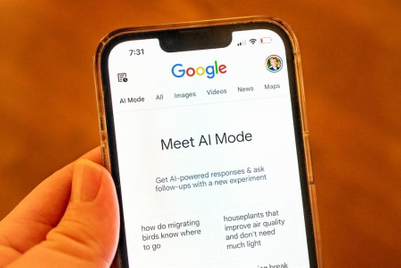
Starting in July, Google will include page speed among the factors that determine mobile search optimisation and by extension, page ranking in search results.
Advertisers and agencies have six months to optimise digital assets for mobile-based search, with existing issues identified by the updated PageSpeed Insights tool.
Page speed has been a ranking factor for desktop-based search since 2010.
”We encourage developers to think broadly about how performance affects a user’s experience of their page and to consider a variety of user-experience metrics,” said Doantam Phan, a Google product manager, in an announcement post.
While slow sites with quality content still stand a chance, over time page speed will outweigh content strategy as a measure of a site's value to a user, the company said.
Google is rewarding advertisers and agencies that create digital assets that allow users of Google Search to go from query to answer in the shortest time possible while retaining relevance.
Advertisers and agencies that intend to get ahead of the update rollout can optimize their digital assets by drubbing Google's benchmarks for mobile page speed. They can start by cross-checking mobile page speed with TestMySite, a free Google tool. The free report includes a mobile friendliness report and a mobile speed score.
Specifically, Google said advertisers and agencies will need to beat three benchmarks:
1. Drop the request count below 50
Google recommends keeping requests (the number of times the browser has to call on the server for information while loading the page) below 50. The minification of images, Javascript, and CSS are great starting points.
2. Reduce page weight below 500 kilobytes
The main culprit for data-heavy pages is images. WordPress sites rely on Smush Image Compression, while others use Compressor IO, among other tools. Reducing the image load is critical for sites meant to deliver a commercial outcome, but the irony is that more images drive faster conversions. While image optimisation is a tedious task ignored by most, image compression is relatively less time-intensive.
3. Dwindle TTFB
TTFB, or time to the first byte, is a measure of how fast a site sends the first byte of data to a browser once a request is made. With numerous requests and black-hat redirects plaguing the ecosystem, this is one of the toughest pain points to correct, even more so considering that the user's internet speed also makes an impact. For WordPress sites, W3 Total Cache helps a browser store site data better.
Advertisers and agencies can take comfort in the fact that most websites are nowhere near the halfway point of Google's benchmarks, which means there is plenty of time to get ahead of the competition and get indexed as a mobile-optimised site that has steadily implemented and maintained best practices.




.jpg&h=334&w=500&q=100&v=20250320&c=1)
.jpg&h=334&w=500&q=100&v=20250320&c=1)
.jpg&h=334&w=500&q=100&v=20250320&c=1)
.jpg&h=334&w=500&q=100&v=20250320&c=1)
.jpg&h=334&w=500&q=100&v=20250320&c=1)





.jpg&h=268&w=401&q=100&v=20250320&c=1)

.jpg&h=268&w=401&q=100&v=20250320&c=1)
.png&h=268&w=401&q=100&v=20250320&c=1)
.jpg&h=268&w=401&q=100&v=20250320&c=1)
